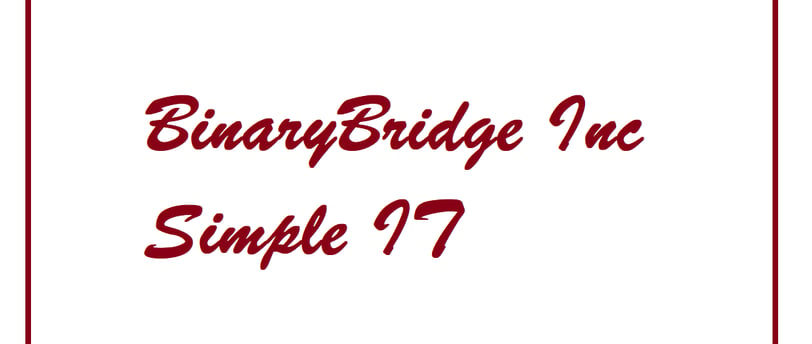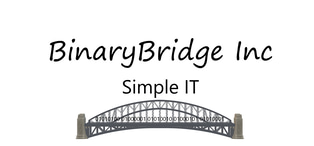Call us for a free estimation for your business
The Cloud vs. Hybrid IT: Which Setup is Best for Your Resources?
This article explains when to use the cloud vs. on-premises options
BinaryBridge Consultant
5/22/20252 min read


Understanding Cloud and Hybrid IT Solutions
In today’s digital landscape, organizations are increasingly turning to cloud computing for their IT resources. The cloud offers advantages such as scalability, flexibility, and cost-effectiveness, making it an attractive option for businesses of all sizes. However, it raises the question of whether consolidating all IT resources in the cloud is a wise choice. This article explores the benefits and drawbacks of solely using cloud services compared to implementing a hybrid setup, which combines both cloud and on-premise solutions.
The Advantages of Cloud Computing
Cloud computing provides numerous benefits that can significantly enhance operational efficiency. One of the primary advantages is the ability to scale resources according to demand. Businesses can easily adjust their IT infrastructure without the burden of investing in additional physical hardware. Furthermore, cloud services typically offer robust security features and regular updates, which can safeguard sensitive data.
Another important aspect is the potential for cost savings. By transferring data and applications to the cloud, companies can reduce expenses related to maintaining physical servers. This not only lowers costs but also allows IT teams to focus on strategic initiatives instead of routine maintenance tasks.
Considerations for a Hybrid IT Approach
While the cloud presents significant benefits, a hybrid IT approach—utilizing both the cloud and on-premise resources—might be the optimal solution for many businesses. A hybrid setup allows organizations to store sensitive data and critical applications on local servers while leveraging cloud resources for less sensitive operations. This setup can be particularly advantageous for industries with strict compliance regulations, where sensitive information must be managed securely.
Moreover, a hybrid approach can enhance performance by enabling faster access to local resources while maintaining the flexibility and scalability of cloud services. Organizations can adopt a more tailored strategy, balancing cost, security, and performance based on their unique needs.
Making the Right Choice for Your Business
Ultimately, the decision between a purely cloud-based solution and a hybrid IT model depends on specific organizational requirements. Businesses should consider their data security needs, the nature of their operations, budget constraints, and long-term goals before making a decision. A thorough assessment, including a risk-benefit analysis, can provide valuable insights.
In conclusion, while the cloud offers substantial benefits, adopting a hybrid IT approach may be the answer for organizations that require greater flexibility and control over their IT resources. By finding the right balance between cloud and on-premise technology, businesses can position themselves for success in an ever-evolving digital world.
